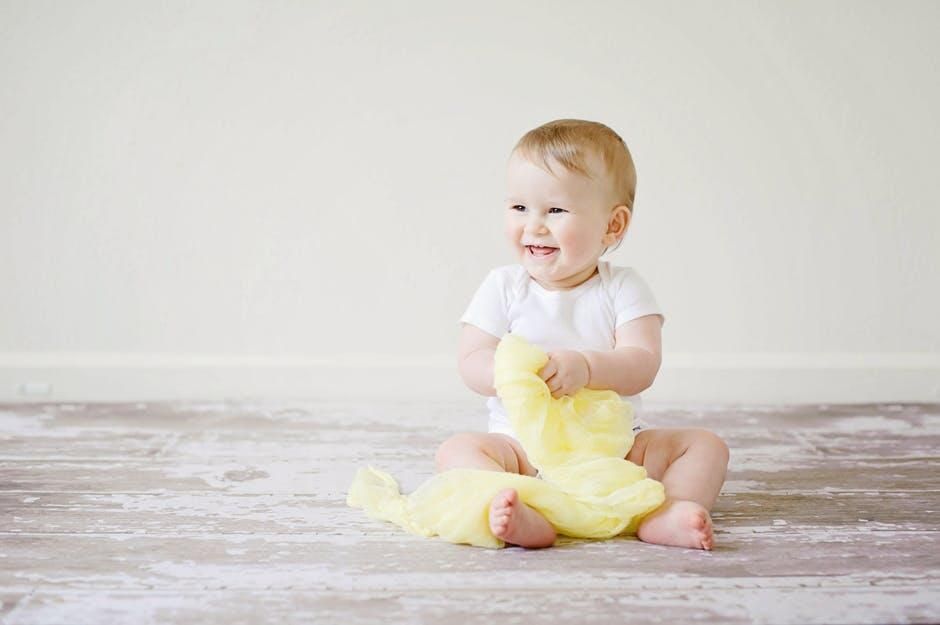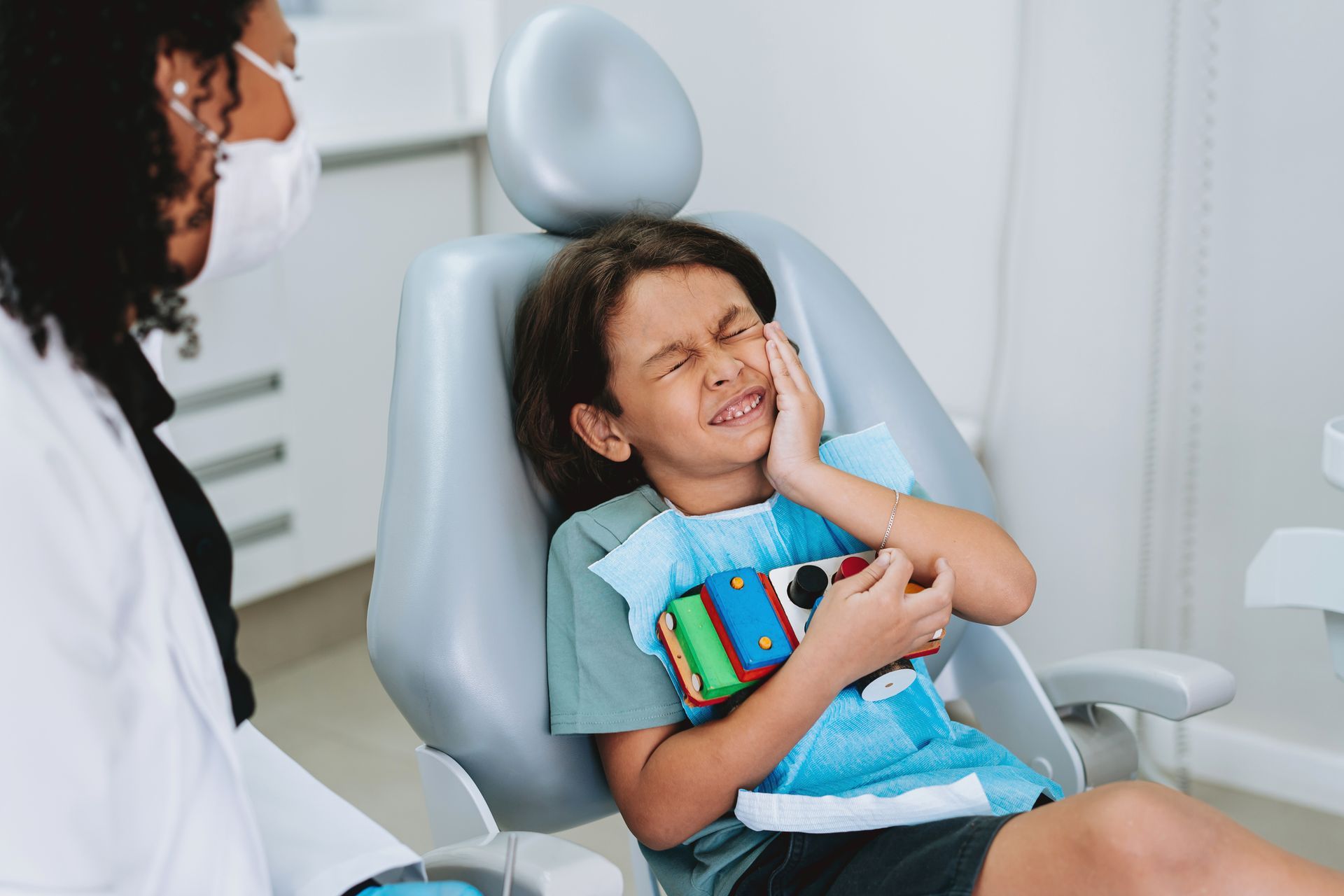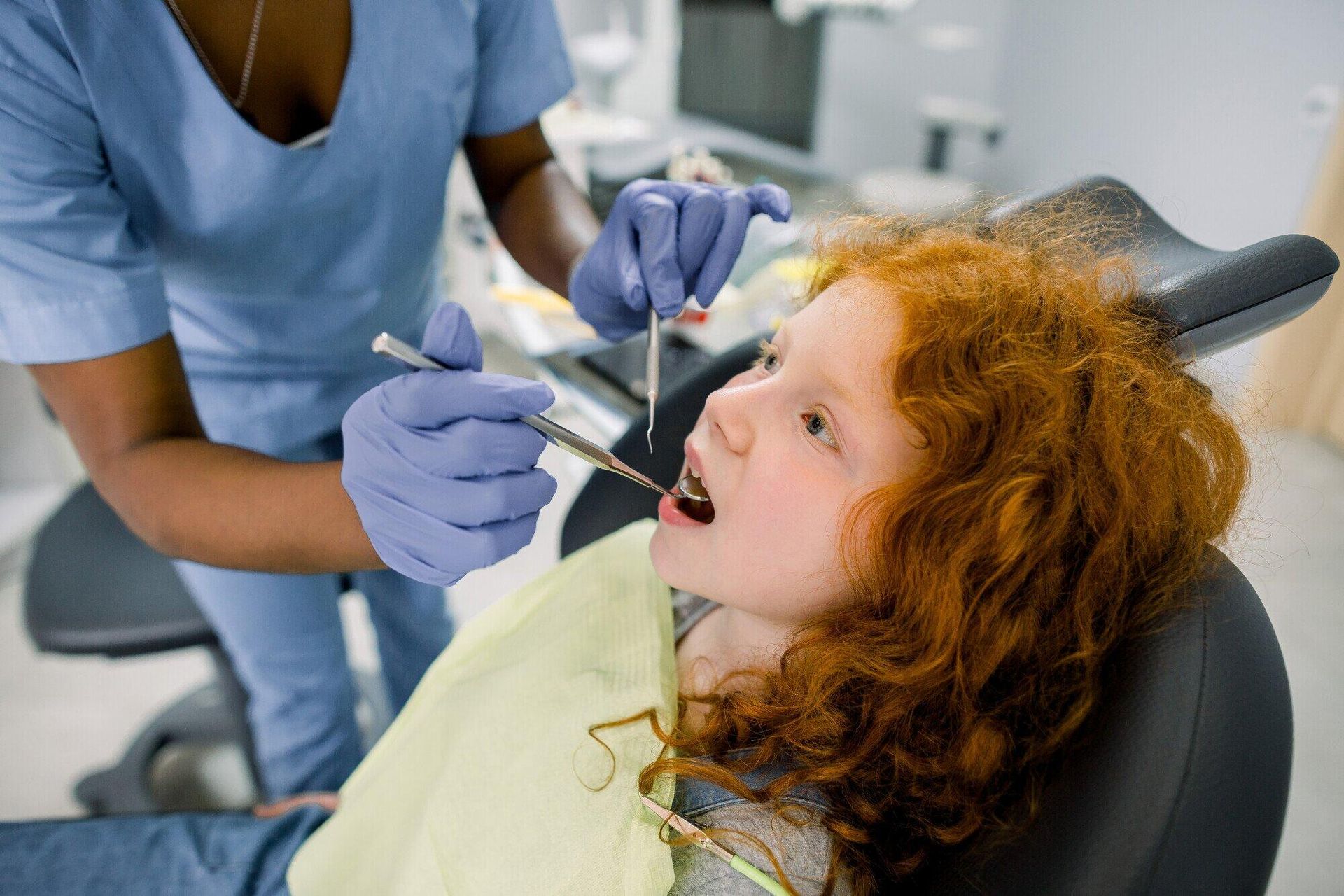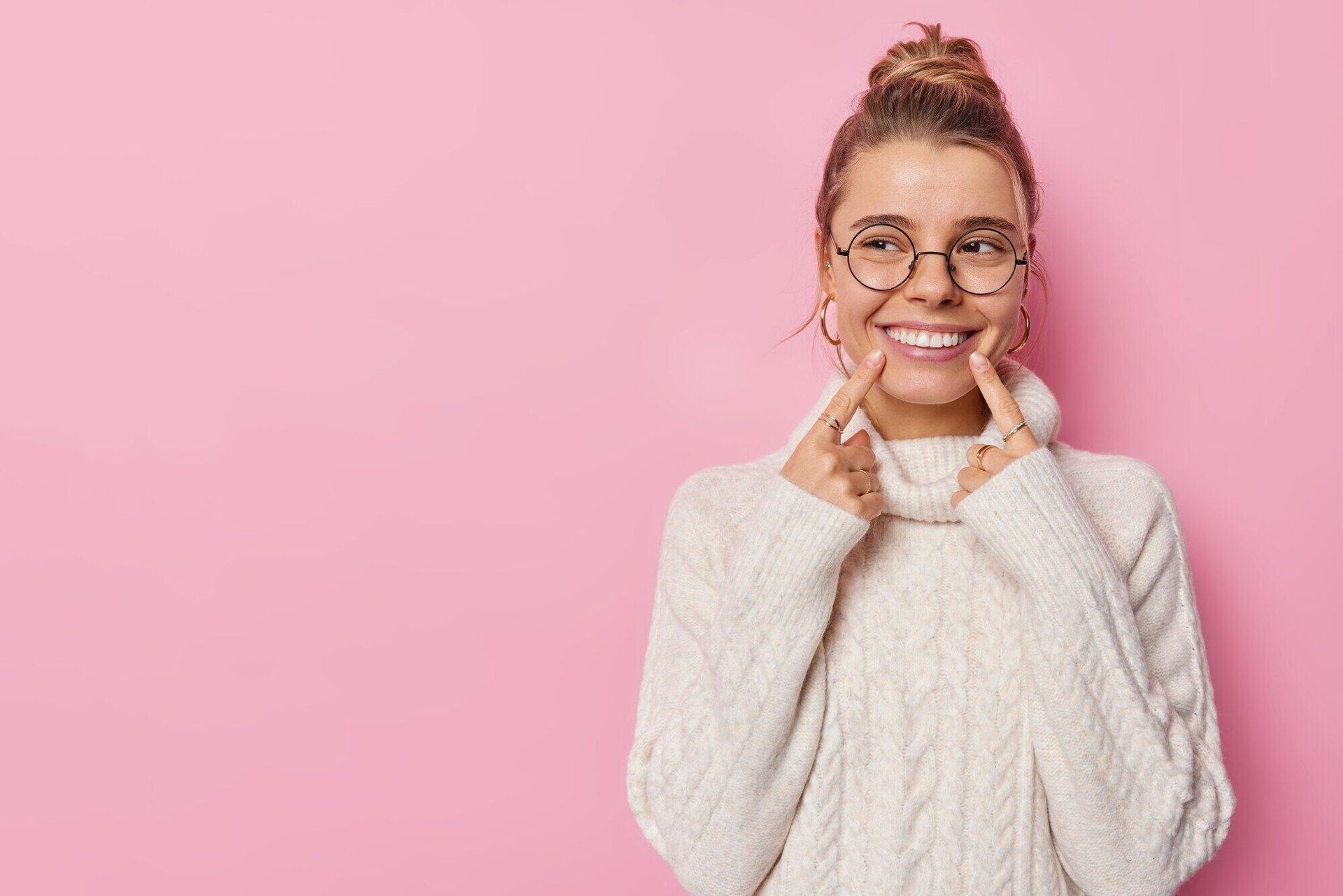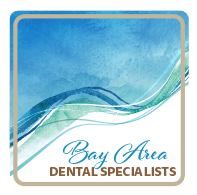A Guide to the Different Types of Dental Implants
There are several types of dental implants that you have to choose from. Here's how a dentist in Friendswood, TX can help you narrow down your options.
To maintain a good oral hygiene routine, you need to brush your teeth twice a day. You should use toothpaste with 1350-1500 Fluoride (ppmF) for the best results and to minimize tooth decay. But, even with the best dental practices, problems can still happen, and we need to go to the dentist.
Dental implants are common for people with missing teeth or other teeth problems. Learning about the different types of dental implants will help you make an informed decision for yourself so you can get all the benefits of dental implants. That way, you can go to the dentist knowing what you want and ask if it's possible for your condition.
Here are your dental implant options.
Types of Dental Implants
Five different types of dental implants are available for patients, but they all have their own benefits and procedures. To help you understand each dental implant, this section will give you a breakdown of the five most common dental implants.
The first one is All-on-4 dental implants, which people looking to replace a whole set of top and bottom teeth normally pick when choosing the best treatment.
All-On-4 Dental Implants
All-on-4 dental implants are an excellent substitute for dentures if people want a treatment that requires minimal surgery. These implants work by placing a small screw into your gum and attaching a crown. The screw acts as the root which holds the new teeth together in your mouth.
After you get these dental implants, it's almost impossible to notice the difference. So, if you're looking for dental implants that provide a good aesthetic outcome, this is the treatment for you.
Endosteal Implants
Another dental implant treatment is when you attach the teeth to the bone. Many people get endosteal implants as they are the easiest option if you need a dental implant. If you already have dentures or bridges, this is a good way of holding your replacement teeth in place.
Small screws are also used for endosteal implants to act as a root for the new teeth. Your dentist in Friendswood, TX, will be able to walk you through the treatment procedure during a consultation. After you've had the initial appointment, the dentist will talk about removing the damaged tooth. Then, you can schedule the next steps.
The only downside of endosteal implants is that they can take a long time to complete the treatment. So, you should consider this when making your choice.
Implant Overdentures
Compared to traditional dentures that replace the broken tooth and can be removed at night. An implant overdenture is a little more complicated as it has more security in your mouth. This option is better if you don't want to worry about eating hard food or damaging normal dentures.
Not only can implant overdentures make eating food more enjoyable, but you can also benefit from better speech, less discomfort, and overall less hassle.
The procedure for implant overdenture is similar to regular dentures; you'll make an appointment with your dentist and have an evaluation. The damaged teeth will be scheduled to be removed. Then, your implant overdentures will be inserted. You can ask your dentist for more details about your treatment.
Subperiosteal Implants
The fourth type of dental implant is subperiosteal implants, which are also used in implant dentistry. This is an ideal option for patients who have limited jaw structure. The structure fits into the remaining bone and is designed to be used with receding gums.
For instance, you can get subperiosteal implants if you have all your teeth missing or if there is only a limited area of bone. Once you have these implants in your mouth, the natural tissue will begin to grow back around the structure, making it more stable and secure.
You can ask your dentist if this is an option for you, but if you have receding gums, cannot chew your food correctly, or if other dentures are impossible to wear, these implants could provide much more comfort.
Implant Supported Bridges
If you have missing teeth, your dentist might recommend implant-supported bridges. This is also a great treatment for patients with insufficient jawbones to support an implant. But in some cases, implant-supported bridges are also used when a nerve is nearby, and the dentist doesn't want to work close to that area.
This can be a long procedure, but the outcome allows you to take pressure off your jawbone and eat your food without pain. Therefore, your dentist will discuss the options with you and walk you through the different steps if this is something you want to consider.
Single Vs Multiple Implants
Your dentist will also tell you if you need single or multiple implants. Depending on the patient, you might only need a single implant used to replace one tooth or crown. Where in another patient who has several teeth needing treatment, you could need to have multiple implants.
And, if you have no existing teeth, you will require a full mouth implant. All the options mentioned in this article give every patient a treatment plan that works for them and their medical history. So, as long as you go to a high-quality dentist who has experience placing implants, you'll get the results you're looking for.
Dental implants will make your oral hygiene routine easier to maintain, give you a better quality of life, and prevent future damage to teeth structures.
Discuss the Types of Dental Implants With Your Dentist
Now that you have the different types of dental implants available to you, it's time to find the right dentist. When you arrive at your appointment for dental work, you want to feel comfortable and relaxed, so you can ask your dentist questions as you go.
Our team treats every patient with care and respect. The wonderful reviews on our website show that our patients love the service they get at our dentistry.
Find out more about becoming a
new patient here. Reach out if you have any questions about dental implants or other dental care.

